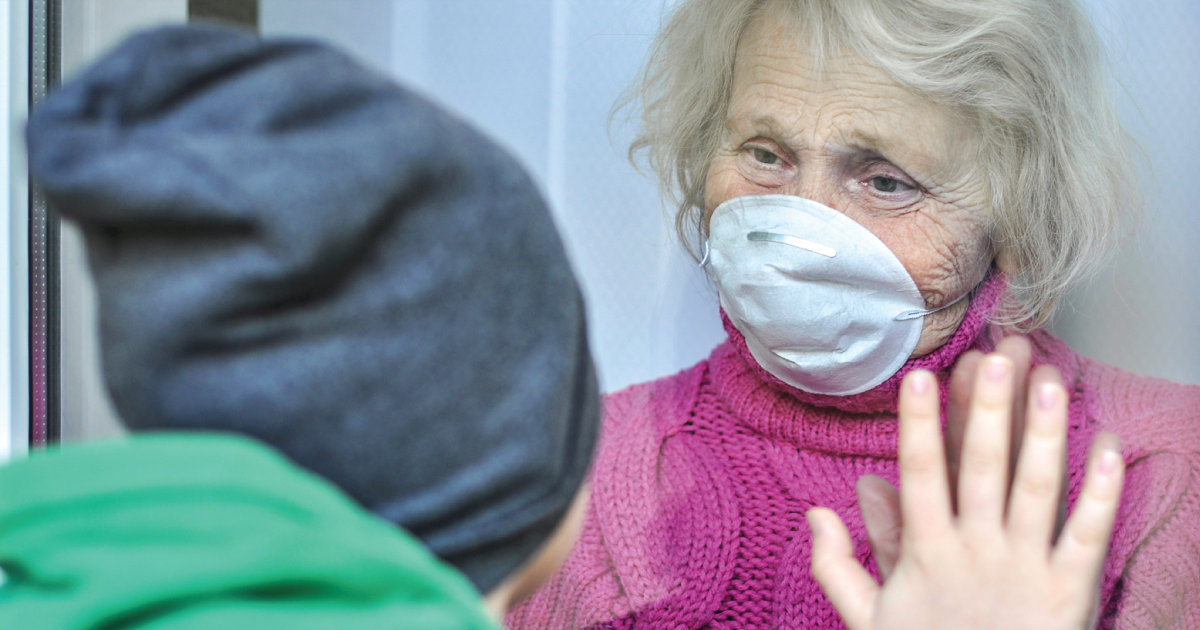
Why COVID-19 Disproportionately Affects the Elderly
While the mortality rate for COVID-19 varies around the world (in large part due to variations in testing), one trend is clear: The infection disproportionately affects the elderly, with those over the age of 75 making up the bulk of the deaths.
June 12, 2020 | Source: Mercola.com | by Dr. Joseph Mercola
While the mortality rate for COVID-191 varies around the world (in large part due to variations in testing), one trend is clear: The infection disproportionately affects the elderly, with those over the age of 75 making up the bulk of the deaths.
COVID-19 Outcomes Tied to Age
Looking at provisional data2 from the U.S. Centers for Disease Control and Prevention, you can see a clear and dramatic increase in deaths for each older age group.
For young people, especially children, the risk of death is negligible. (Even so, more elderly die from pneumonia that is unrelated to COVID-19. The statistics separate out COVID-19 cases, pneumonia only, and pneumonia with concurrent COVID-19 infection.3)
The exact same age-dependent trend is seen in other countries, four examples of which are included in the OurWorldInData.org’s graph below.4 As noted in a May 29, 2020, review5 in the journal Aging, “Adults over 65 years of age represent 80% of hospitalizations and have a 23-fold greater risk of death than those under 65.”
Below is a graph created by the Minnesota Department of Health, published by Twin Cities Pioneer Press6 June 1, 2020, showing the same kind of age-dependent mortality curve.
Underlying Conditions Are a Primary Risk Factor
In addition to age, underlying health conditions (so-called comorbidities) are a primary risk factor that raises your risk of death from COVID-19. Not surprisingly, the elderly tend to have more underlying conditions. Very few people who have no underlying health conditions at all end up dying from this infection.
Below is an Our World in Data graph showing the breakdown of comorbidities found in Chinese patients, as of February 11, 2020.7
Another graph from the Minnesota Department of Health, (again, published by Twin Cities Pioneer Press8) reveals a different picture of prevailing comorbidities, yet the trend itself is clear: A vast majority of those who die have underlying conditions that make them more susceptible to severe infection and death.
In the case of Minnesota, 97% of COVID-19-related deaths have occurred in those “already fighting serious illness before they were infected.“9 The average age of those who have died is 82. Meanwhile, the medial age of Minnesotans with known COVID-19 infection is 42.
Just like in other areas, more than 80% of deaths occurred in nursing homes, assisted living facilities and live-in rehab centers, and there are logical reasons for this. More than 90% of residents of these centers have at least one chronic disease and more than 70% have two conditions, which in turn can weaken their immune systems.10 They also live in close quarters and share staff, which facilitates the spread of pathogens.
Italy and certain states in the U.S. — most notably New York, which has the highest COVID-19 death rate in the world — made the grave error of sending COVID-19 infected patients into nursing homes.
In light of what we currently know about the transmission, this was one of the most catastrophic and negligent government decisions that likely caused far more deaths than the lockdown prevented.
Rather than calling for the total lockdown of healthy and low-risk populations, why did health and government officials not simply call for the protection and isolation of the elderly?
According to a May 15, 2020, report by the University of Michigan,11 nursing home residents and workers account for about one-third of all COVID-19 deaths in the U.S. Another report12 in The Guardian has pointed out that up to 20% of hospitalized COVID-19 patients actually caught it in the hospital while being treated for another ailment.
If 20% of people catch the disease at the hospital and 33% of deaths happen in nursing homes, just how much of the entire disease burden is a result of the health care system alone?
